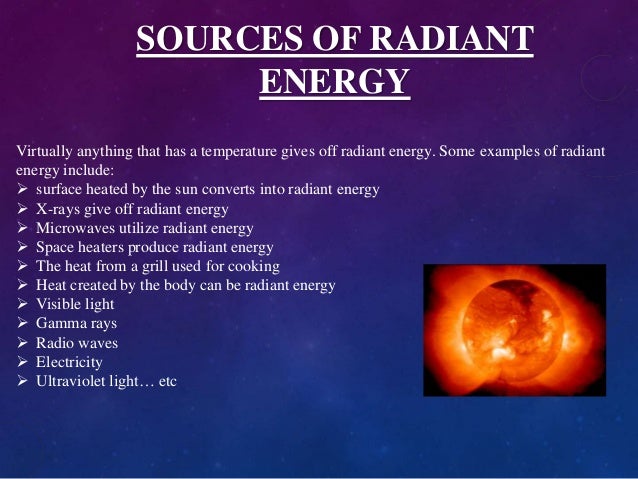


The instrument can then calculate and display the absorbance and % transmittance values by measuring the difference between the intensity of light of the selected wavelength entering and exiting the sample. Figure 3: Light is absorbed and transmitted through the spectrophotometer cuvette and solutionĪ photodetector on the other side of the sample compartment converts the intensity of the light it receives into an electrical signal. Percent transmittance is inversely proportional to the concentration of the molecules in the sample and is measured on a linear scale from 0% to 100%. Compared to the amount of light entering the sample, the amount that exits is measured as a percentage of the light transmitted. The amount of light that is not absorbed is transmitted or passed through the sample. Absorbance is directly proportional to the concentration of the molecules and is measured on a logarithmic scale from 0 to infinity. The amount of light unable to pass through a sample is measured as the absorbance value. Light passing through a sample solution will partially be absorbed by molecules present in the sample. Spectrophotometers are also calibrated by using a “blank” solution that we prepare containing all of the components of the solution to be analyzed except for the one compound we are testing for so that the instrument can zero out these background readings and only report values for the compound of interest. This allows us to use a specific wavelength of light to detect the presence of, and quantify, one molecular compound in a simple or complex liquid mixture. All molecules differ in how strongly they absorb each wavelength of light in the visible spectrum because of differences in their molecular structure and composition. Before the light passes through the sample in the cuvette, an adjustable prism and diffraction grating filters the light so that only a single wavelength of light can be selected and allowed to pass through the sample. The samples are prepared in cuvettes that are made using specialized plastics or quartz so that they do not absorb any light and will not affect our measurements.
What is radiant energy full#
A light source inside the spectrophotometer emits a full spectrum of white light towards a compartment where a sample liquid is placed. Labeled parts of a spectrophotometerĪ spectrophotometer is an instrument used for detecting the presence of any light-absorbing particles dissolved in a solution and for measuring the concentration of those particles. Since molecules have wavelengths unique to their structure, different chemicals and their concentrations can be identified based on their absorbance or transmittance. Spectrophotometers are instruments designed to detect the amount of light energy that is absorbed or transmitted by molecules dissolved in a solution. Figure 1: Curve of light absorbance and transmission In this exercise you will determine the unique “fingerprint” for a colored molecule and use a spectrophotometer to measure the concentration of a chemical in a given sample. This unique pattern of light absorption and transmittance creates a “fingerprint” for that chemical. Each chemical has a distinctive atomic arrangement and bonding pattern, and thus absorbs or transmits different wavelengths of visible light in a pattern that is unique for that chemical. For example, proteins and nucleic acids absorb wavelengths in the visible light range of 240-300 nanometers (nm), pigments and dyes absorb light in the 400-770-nm range, and other organic molecules absorb wavelengths above 770-nm. As radiant energy (visible light) strikes matter, molecules will absorb certain wavelengths of light and transmit or reflect others based on the nature of their chemical bonds. Spectrophotometers are one of the most frequently used tools by scientists to determine both the presence and concentration of dissolved chemicals.


 0 kommentar(er)
0 kommentar(er)
